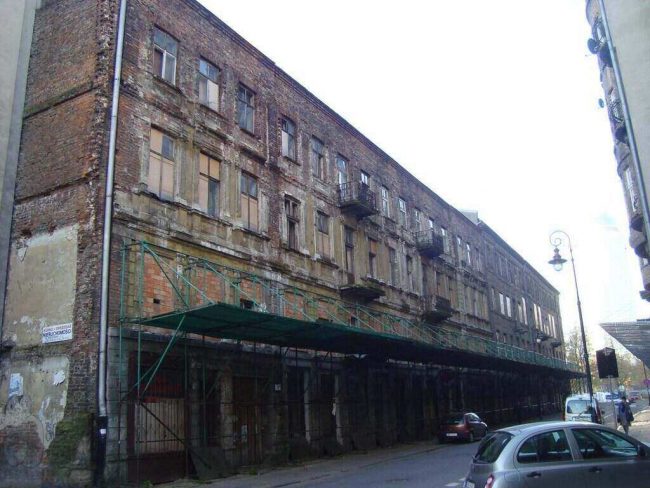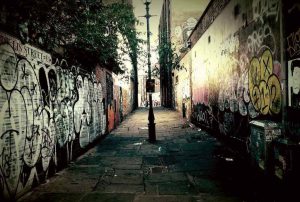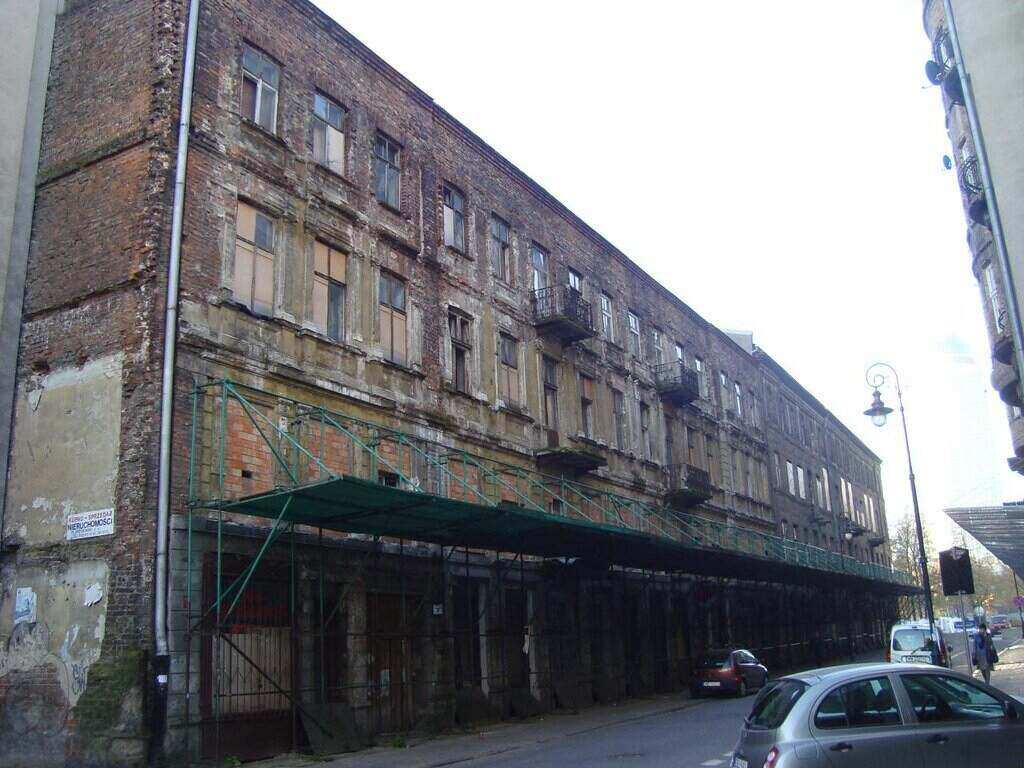|
Getting your Trinity Audio player ready...
|

Chicago is an amazing city known for its art, music, and delicious food culture. Famous celebrities like Michael Jordan, Bill Murray, Robin Williams, Gina Rodriguez, and musical artists like Ye (Kanye), G Herbo, and Chance the Rapper hail from the Chi-town area. But if you have lived in Chicago your whole life like I have you know what I will be talking about. Gentrification is “the character of a poor urban area is changed by wealthier people moving in, improving housing, and attracting new businesses, typically displacing current inhabitants in the process.” You may have seen this in, a popular example, Pilsen. How different the area has changed from how it used to be.
Gentrification started in the 1960s before it became an official term in 1964. Ruth Glass defined it when she said:
One by one, many of the working-class quarters have been invaded by the middle class – upper and lower … Once this process of ‘gentrification’ starts in a district it goes on rapidly until all or most of the working-class occupiers are displaced and the whole social character of the district is changed.
Gentrification was a powerful economic change to every city, especially Chicago, but by segregating by financial statues they also placed almost like an invisible wall of unnecessary cultural displacement. While gentrification helped certain areas by helping raise proper values of properties in those areas, this wasn’t the case for other areas actually costing them to suffer ongoing disinvestment.
Gentrification in Chicago

Gentrification in Chicago started around the 1950s to the 1970s. During the time these rural known as the “white flight” consisted of white middle-class families, who left the urban areas to move to the suburbs while Black and Latinx residents were resigned to moving into various other neighborhoods in the city previously inaccessible to them due to demographic barriers.
However, in the recent past few decades, many have been areas have raised property value, property tax increases, and rising rent in the North, West, and North-South areas causing the urban core to experience substantial change. This isn’t only an issue in Chicago. It’s also happening in other large cities and other urban cores that are filled with low-income residents and minorities who are being pushed out into more affordable housing that doesn’t always have the best living conditions
The kinds of negative effects that gentrification has on these urban areas are more deeply rooted than people like to admit or even talk about. With the difficulty of affordable housing, many families have to choose between meals or a roof over their heads, without being able to afford simple necessities like food, water, clothing, education, etc. which then leads to crime such as robbery, prostitution, drug dealing, and even gang violence.
These issues then lead to higher death rates and more abuse cases. Doing whatever it takes to make sure your family is safe and loved. Then growing up without education or even adult supervision, children will follow what is shown to them. This causes a very large and dangerous case of “monkey-see-monkey-do” and now creating a cycle that very few even get out of. The people aren’t the issue, but how the situation is handled is a very large issue, but instead of helping the communities that are in need, they rather push them aside to start over. With Chicago being very segregated, it’s difficult to share the wealth and success we need in order for our city to thrive into the amazing, cultured, and beautiful it can be.
Written by Zaylah De La Torre
Sources:
NCRC: Shifting Neighborhoods: Gentrification and Cultural Displacement in American Cities
UFAD: A Brief History of Gentrification
Featured Image Courtesy of njamnjami, Courtesy of (Flickr CC0) – Creative Commons License
Insert Image Courtesy of Phototaker0102, Courtesy of (Flickr CC0) – Creative Commons License



